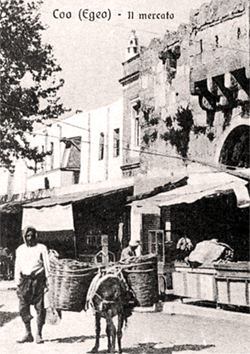Author: S. Todaro
download articles as .pdf: From scatters of pottery to communities? Issues of function, temporality and mobility in the construction of the settled landscape of the Prepalatial Mesara (south-central Crete): a view from Phaistos
Recent advances in Minoan archaeology have highlighted that the rise of the First Palaces, and the emergence of the early state, can be addressed by focusing on the scale of those communities that developed into palatial centres and on the level of hierarchy documented by the settlement systems of their regions. In the case of the palatial site of Phaistos in south-central Crete, however, two contrasting estimations of site extent and population size have been proposed, aligned to two contradictory interpretations of settlement and residential strategies (nucleation vs dispersed). Building on a thorough reassessment of stratigraphy, phasing and formation processes at Phaistos, taking into account the results of all previous excavations at the site, this paper builds up an understanding of settlement and residential strategies at Phaistos and its wider region. When combined with the results of recent geomorphological studies in the vicinity of Phaistos a radical new picture of the site and how it functioned emerges for the crucial period leading up to the emergence of the palace. The results of the paper challenge the orthodoxy that Phaistos urbanises to become a major nucleated population centre just before the construction of the palace. Instead Phaistos emerges as a regional ceremonial centre, from the end of the Neolithic, with the hilltop given over to open areas, which were progressively formalized and monumentalized, while the western and southern slopes of the palace hill were occupied by structures where specialized craft activities were carried out. While there is plentiful evidence for large-scale gatherings of people on the hilltop, and communal production on the western slope, these groups derived from the surrounding region, with residential activity at Phaistos itself limited, low-density and shifting, save only for during major periods of palatial building activity.

